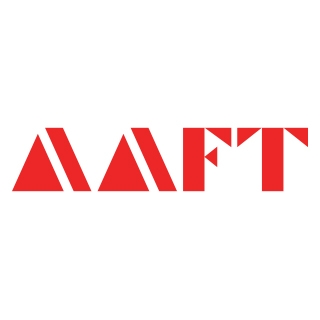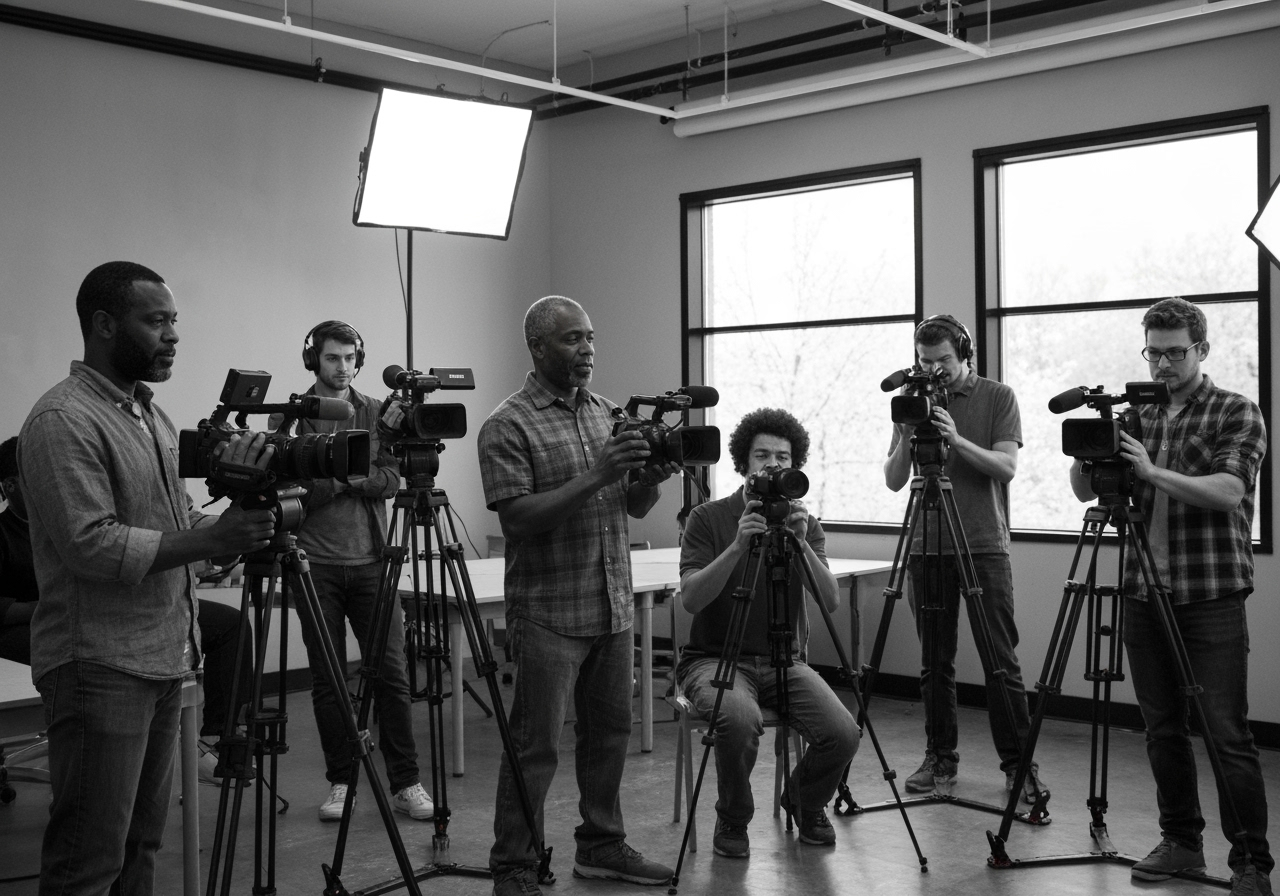Navigate the Digital Media Landscape in 2025
For a long time, good content was all that mattered, whether it was honest reporting, breaking news, or the way a story was presented, it always found its audience. But in 2025, that is no longer enough, now it is not just about quality but also about relevance, speed, and audience engagement.
The digital media landscape has evolved dramatically. With AI, hyper-personalized content, and streaming platforms reshaping the industry, traditional storytelling methods are struggling to keep pace. This shift signals that outdated skillsets simply won’t cut it anymore.
So, if you have just finished school and are considering a future in media, this is your cue to up your game.
How 2025 Changed the Media Space
Just a few years ago, people would sit down to watch the news on TV or read the newspaper. But times have changed, and so have preferences. As per Deloitte, social video platforms now overtake TV across several age groups, which in simple terms means that a majority of people are getting their updates from reels, shorts, and livestreams than from TV or newspapers.
Do you want free career counseling?
Ignite Your Ambitions- Seize the Opportunity for a Free Career Counseling Session.
- 30+ Years in Education
- 250+ Faculties
- 30K+ Alumni Network
- 10th in World Ranking
- 1000+ Celebrity
- 120+ Countries Students Enrolled
Here is how media consumption has evolved:
● Rise of Bite-sized content
Short videos under 1 minute are now more popular than long reports or articles.
● Rising Demand for Creators
Young audiences follow individual content creators more than big media houses.
Book Now →
● Vast Reach & Real-time Engagement
News breaks faster on social media than on traditional platforms.
● Visual storytelling is here to stay
Videos, memes, and infographics convey messages that hit with relevance.
Therefore, the new digital media landscape needs a new set of skillset as well, as today it is not just about knowing how to write or report but equally about understanding what keeps today’s audience engaged and interested.
Do you want free career counseling?
Ignite Your Ambitions- Seize the Opportunity for a Free Career Counseling Session.The Triple Threat in Media Careers
So, we know how the media industry is changing in 2025, but do you know which key factors are playing a role in shaping the industry?
1. AI is doing the manual work of writing and editing
Artificial Intelligence (AI) tools are now used to write simple news stories, headlines, and even ad copy. Though time-saving, it also means that media professionals need to know how to utilize the tools to their advantage while gaining an edge.
2. AR/VR brings stories to life
Augmented Reality (AR) and Virtual Reality (VR) are no longer limited to games, as newsrooms and media companies have started relying on these technologies to support their stories, to give a ‘real touch’ offering an immersive experience for the audience.
3. Algorithms is the Deciding Factor
Social media and content platforms use recommendation algorithms to decide which posts or videos reach more people. So even the greatest content needs to be optimized regularly to reach the right audience.
The Rise of the Influencer Economy
Influencers and creators are everywhere, and most of us follow at least a few. They have strong fan bases, and in 2025, brands are taking note of this trend as well.
The whole creator ecosystem is booming, and it doesn’t look like it is slowing down anytime soon. But on the contrary, though personal branding is important, it cannot guarantee a full-blown media career. Building an online identity without understanding media ethics, communication theory, and legal guidelines can be risky, inviting even legal intricacies.
In a world where every post can reach thousands, being responsible with your voice is just as important as being popular, and this is exactly why formal education is important, even when the media is turning digital.
Courses like BJMC, apart from teaching you how to write or shoot content, also lay the groundwork for a robust foundation, teaching you media work, helping you shape your unique storytelling abilities, and how to stay professional in a space that is constantly changing.
The Emerging Skill Gap & Ways to Combat It
Most students finish school or college thinking they are ready for the media world. But once they step into the practical setting, things feel different, as nowadays what is taught in regular classrooms doesn’t always match what companies actually look for today, and this is exactly what the skill gap refers to, the difference between what you learn and what you need to succeed in the media industry.
In 2025, media jobs are changing fast, the workforce now needs to possess a multifaceted skillset encompassing tech understanding, content creation, and understanding audience engagement, and media literacy. So, how can you bridge this gap?
- The digital media landscape requires an in-depth understanding of platforms, storytelling formats, and algorithms.
- Becoming well-versed with technology and tools can provide you with a competitive edge in the industry.
- The right learning approach, too, is crucial as the curriculum and industry have changed over the years, hence, courses like mass communication, BJMC, or even a diploma in journalism and mass communication are now designed to match industry needs.
Many young creators, writers, and media students feel stuck later in their careers because they didn’t build the right foundation early on. So if you are curious about this world and want to do more than just scroll through content, now is a good time to start exploring courses that teach both creativity and real-world skills.
How You Can Prepare for a Career
By now, you probably get it that the media landscape is ever-changing, tech-driven, and full of new-age roles that didn’t exist a few years ago. Therefore, you too need to roll up your sleeves as having just general knowledge isn’t enough anymore.
- Firstly, figure out what excites you, which might be telling stories, creating content, hosting, or producing?
- Secondly, align your interest with the right skillset, look into areas that are growing, like digital media, audio-visual production, or public relations, and understand what each of them needs.
- Thirdly, choose a focused course, you can consider options like a BA in journalism, a diploma in journalism, or a bachelor of journalism and mass communication can help you build real-world knowledge and comprehensively cover all areas of the journalism and media world.
- Fourthly, seek for practical exposure in real-world setting through internships, and attend industry workshops to test your interest and network.
Be the Media Leader the World Needs
The media space is changing constantly, though it is a good change as it opens the doorway for new opportunities.
- What is changing: Traditional skills will not suffice to combat the changes and growing demand of the industry.
- What is needed – A mix of digital know-how, creativity, and real-world communication skills.
- Ideal plan of action – With the right training, you can lead this shift without getting lost in the crowd.
Explore AAFT’s School of Journalism and Mass Communication and connect with a career advisor today!

AAFT has been providing the world with limitless creativity and expression since 1993! Through a dynamic and industry-driven curriculum, AAFT provides engaging and captivating articles to persuasive blogs and empowers its readers to explore diverse avenues of creative media education-related content.






